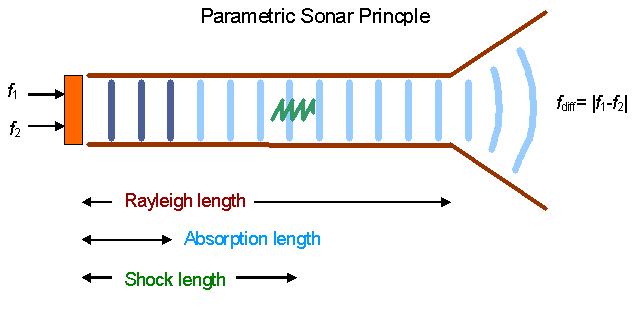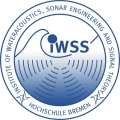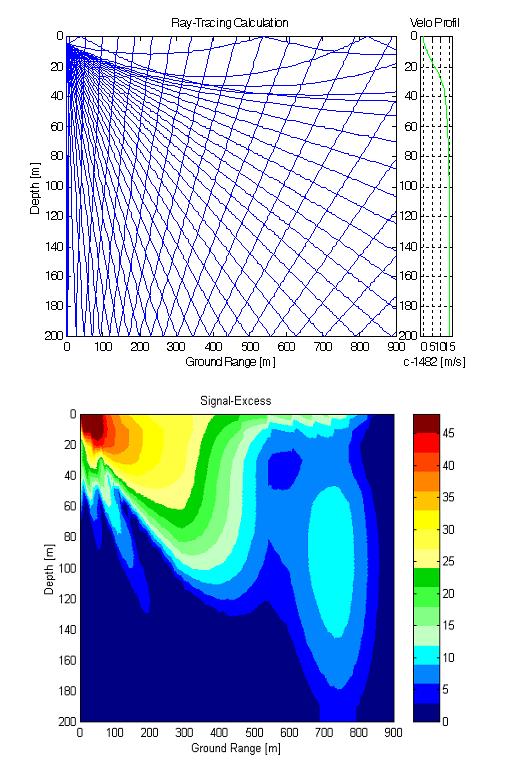Modeling
Wave Propagation ModelingIn order to assess the
performance of active and passive sensor array systems and to carry out a
problem-oriented analysis and processing of the sensor group signals, a
physical modeling of the generated and received wave fields is essential. The
physical modeling is becoming increasingly important, especially through the
use of ever more powerful signal processors and the associated realizability of
ever more complex signal processing methods.
The research activities
in the field of sound propagation modeling consist in a continuous observation
of the theoretical and experimental research activities, in the assessment of
the relevance of the new research results for the acoustic metrology as well as
in an updating and supplementation of the own sound propagation models.
Modeling the Backscattering behavior of Objects
Acoustical imaging systems are e.g. used in oceanography for the visual
representation of the sea floor and the objects on it. The quality of such
acoustical imaging systems is strongly dependent on the backscattering behavior
of the objects of interest compared to the backscattering behavior of the rough seabed.
The detection capability of an object can be determined a priori by
means of its target strength. For simple geometric objects, formulas for the
calculation of the target strength are available in tabular form. In order to
assess the backscattering behavior of complex geometric bodies, simulation
models are to be developed by using the Boundary Element Method (BEM) or Finite
Element Method (FEM), which allow a determination of the target strength as a
function of frequency, bandwidth, pulse shape and aspect angle.
Modeling
of non-linear Phenomena
With the help of so-called non-linear sound sources it is possible to
build low-frequency, high-resolution imaging systems in compact form. A
non-linear sound source is composed of a pump transducer for two high-frequency
primary waves and an interaction region in which a low-frequency secondary wave
is produced as a result of non-linear sound propagation phenomena. The extent of
the interaction range (length and width), which depends on the directional
characteristic and the attenuation coefficient of the primary waves, defines
the characteristics of the secondary wave.
The research task in the field of non-linear acoustics is to develop a
model that describes the characteristics of a non-linear sound source
(formation and propagation of the secondary wave) so accurately that it can be
used as an integral part of a design tool for non-linear sound sources.




